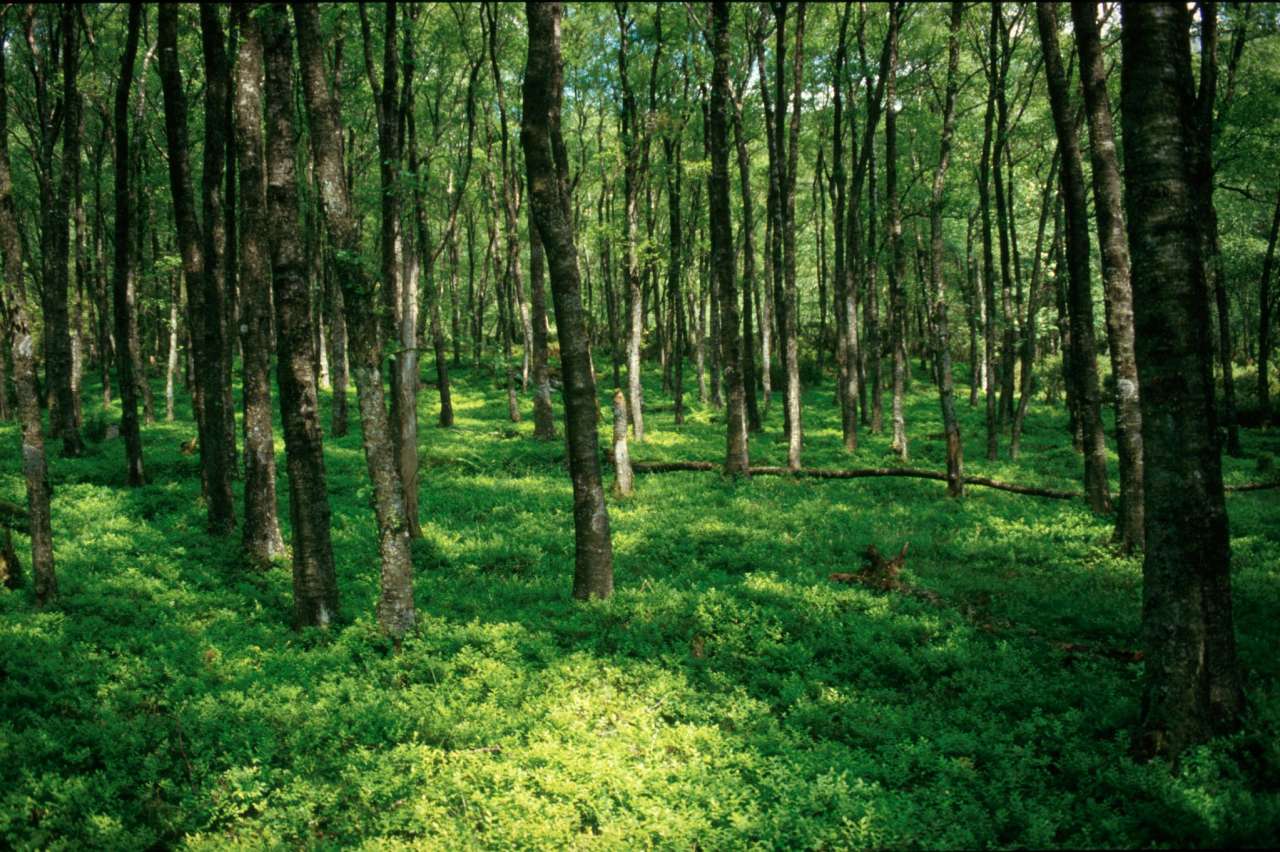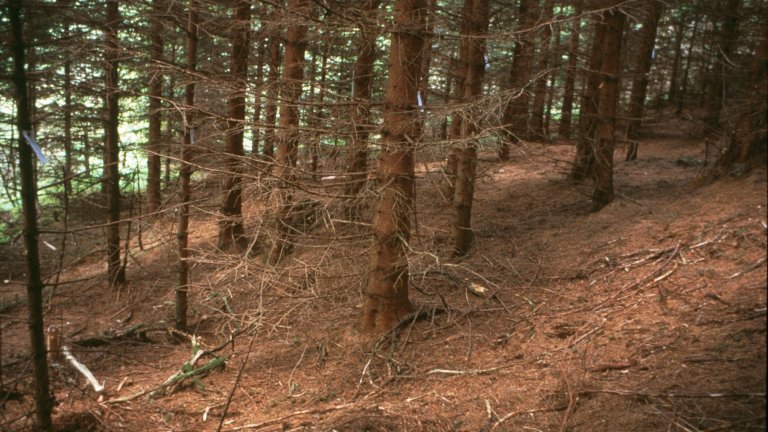Division of Forest and Forest Resources
BalanC - The impact of increasing spruce plantation area on the carbon balance of forests in Western Norway

End: dec 2021
Start: mar 2016
Project participants
Gro Hylen Mette Hansen Håvard Kauserud Jørn-Frode Nordbakken Teresa Gómez de la Bárcena Ryan Bright Carlo Aall Morten Simonsen| Start - end date | 01.03.2016 - 31.12.2021 |
| Project manager at Nibio | O. Janne Kjønaas |
| Division | Division of Forest and Forest Resources |
| Department | Forest and Climate |
| Partners | Western Norway Research Institute (WNRI), University of Oslo, University of Copenhagen |
| Total budget | NOK 10 mill. |
| Funding source | The Research Council of Norway |
Summary
Tree planting and tree species change has been suggested as a government policy to mitigate climate change in Norway. The aim is to increase the annual CO2 uptake as well as the long-term storage of carbon in forests. The strategy includes replacing native, deciduous species with fast-growing species like Norway spruce in order to rapidly produce biomass and sequester carbon. To focus solely on carbon sequestration in tree biomass will, however, disregard crucial parts of the total carbon sequestration potential of the forest ecosystem, and will give an incomplete picture of the carbon balance of this measure.
In addition to carbon stocks in vegetation, the total carbon balance includes soil carbon, emissions from wood-product life-cycles and climatic feedback through albedo. Forests in western Norway host some of the largest soil carbon pools in Scandinavia, estimated to more than 3 times the carbon stock found in vegetation. Thus, these soils may potentially function as a long-term carbon reservoir as well as a large source of CO2 through decomposition.
Compared to forests of the cooler and flatter regions of eastern Norway, little is known empirically surrounding the albedo dynamics in coastal forests of western Norway. Whereas a major goal of the tree species change policy is to promote enhanced use of tree biomass for bioenergy, materials, etc., the fate of carbon in the wood-product chain has not yet been accounted for.
The BalanC project aims at providing complete carbon budget for parallel stands of birch and planted Norway spruce in western Norway that comprises carbon stocks in biomass and soils, in-depth studies of soil carbon processes, the carbon budget of the wood product chain and the climatic feedback from albedo. By investigating the responses of these factors to tree species change, we intend to contribute to a complete and solid assessment of the overall effect of the proposed policy on carbon sequestration and climate change mitigation in Norway.

Work Packages
WP0 Experimental site identification: To locate comparable stands of natural birch and mature planted Norway spruce in western Norway, and establish experimental plots.
WP leader Dr. Gro Hylen, NIBIO
WP1 Soil C - transformation, stability and function: To unravel key processes and factors that determine the relationships between tree species change, soil C stability, and soil C stocks.
WP leader Research professor Dr. O. Janne Kjønaas
Task 1.1-1.4: Transformation, stability and function:
- Transformation: Research professor Dr. O. Janne Kjønaas, NIBIO
- Soil Stability: Dr. Mette Hansen, University of Copenhagen, Dr. Teresa G. Bárcena og Dr. O. Janne Kjønaas, NIBIO
- Soil functions (soil fungal, bacteria and micro eucariots diversity): Dr. Sunil Mundra and Professor Håvard Kauserud, University of Oslo
WP2 Effects of tree species change on C stocks at the stand level: To accurately quantify the effects of spruce planting on the C storage in soils and biomass at the stand level.
WP leader Dr. O. Janne Kjønaas
- Task 2.1: Tree biomass, Dr. Gro Hylen, NIBIO
- Task 2.2: Understory vegetation, Research professor Dr. Tonje Økland and Dr. Jørn-Frode Nordbakken
- Task 2.3: Soil organic carbon stocks, Dr. O. Janne Kjønaas and Dr. Teresa G. Bárcena, NIBIO
WP3 Effects of tree species change on albedo: To quantify the effects of tree species switching in western Norway on surface albedo and the global energy balance.
WP leader Research professor Dr. Ryan Bright
WP4 The role of forestry products and substitution effects.
WP leader: Professor Carlo Aall, WNRI
Researcher Marta Baltruszewicz
WP5 Coordination, integration, and dissemination: To evaluate the total climate effect of spruce afforestation in Western Norway.
WP leader Research professor Dr. O. Janne Kjønaas, NIBIO
Publications in the project
Abstract
No abstract has been registered
